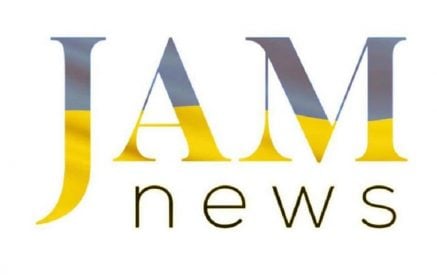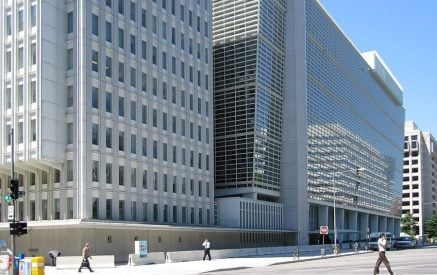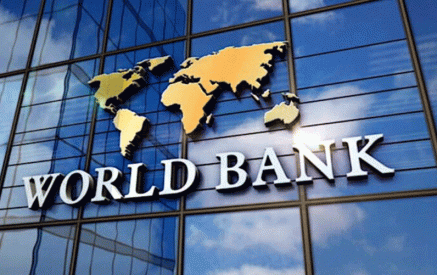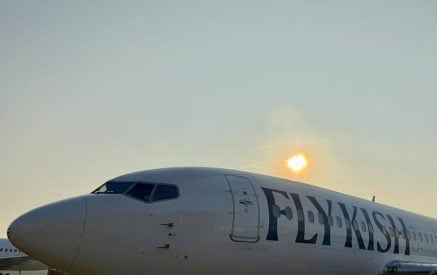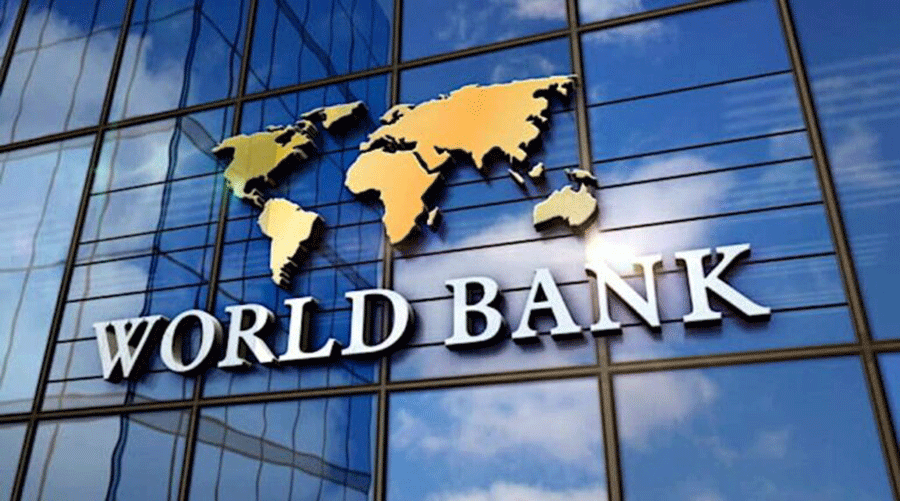Economic growth almost doubled in May compared to April.
Net non-commercial money transfers grew 19.5 percent (yoy) in May, fueled by inflows from Russia.
Inflation moderated to 3.9 percent in June, and the CBA kept the refinancing rate unchanged.
Both imports and exports continued to fall (yoy), albeit more slowly.
Commercial bank deposits and credit maintained robust growth in May.
The budget recorded a deficit of 0.8 percent of GDP in May.
Growth in economic activity reached 10.4 percent (yoy) in May, up from 5.4 percent (yoy) in April (Figure 1). Cumulative growth over the January-May period rose to 5.7 percent (yoy). Faster growth in May was driven by stronger activity in construction (up to 22.2 percent, yoy) and in services excluding trade, (10.8 percent growth, yoy, in May, compared with 5.6 percent, yoy, in April). Industry continued to contract, down 5.9 percent (yoy), but less than in April, as growth in the mining sector picked up to 17.9 percent (yoy). Contraction in manufacturing also continued, down13.5 percent (yoy); this was due to a fall of 9 percent (yoy) in alcoholic beverages production and some 70 percent contraction in base metal production (following 2024’s exceptionally high output). Monthly business registrations continued to fall in May (6.9 percent, yoy), due to a 7.6 percent (yoy) decline in individual entrepreneur registrations and a 4.7 percent (yoy) decline in LLCs.
In May, net non-commercial money transfers continued robust growth, at 19.5 percent (yoy). Acceleration in net inflows from Russia of (expanding 48.3 percent, yoy) drove about a fifth of total growth, whereas net inflows from the United States dipped slightly (Figure 2).
In June, inflation moderated to 3.9 percent, down from 4.3 percent in May (Figure 3). Inflation in food and non-alcoholic beverages (6.2 percent) kept adding to price pressures. Inflation in education also remained high (7.8 percent). On June 17, 2025, the board of the Central Bank of Armenia (CBA) kept the policy rate unchanged at 6.75 percent, concluding that the current policy rate is appropriate to maintain inflation close to its 3 percent target in the medium term.
Read also
In May, both exports and imports fell, although more slowly, continuing the re-export phase-out trend (Figure 4). Exports contracted 39.3 percent (yoy) in May, less than the 56.6 percent (yoy) fall in April. Imports also fell 20.4 percent (yoy), following a 41.1 percent (yoy) drop in April. This reflects the dwindling re-export trade in precious and semi-precious stones. In May, exports of precious and semi-precious stones and metals fell 69.2 percent (yoy) and were the primary cause of the fall in total exports. There was also a fall in the export of means of transport (70.7 percent, yoy). Among traditional exports, ready food products (up 21 percent, yoy), textiles (up 55.2 percent, yoy) and minerals (up 14.2 percent, yoy) were the top contributors in marginally offsetting the significant fall in exports. Among imported products, the 61.4 percent (yoy) fall in precious metals was partly compensated by the increase in agricultural foods (up 54 percent, yoy), oils (up 37 percent, yoy) and ready food products (up 35 percent, yoy). Excluding the re-export trade in precious metals and stones, exports and imports grew 9.2 percent (yoy) and 14.3 percent (yoy), respectively. Cumulatively, over the January-May period, exports and imports fell 57.4 percent (yoy) and 42 percent (yoy), respectively, with the trade deficit widening 39.8 percent (yoy) to 7 percent of GDP, up from 5 percent of GDP in 2024. In June, gross international reserves increased by USD 145 million to USD 4 billion, equivalent to 3.1 months of import cover.
In June, the AMD depreciated slightly against the USD, while remaining stronger than in June 2024. The AMD depreciated 0.1 percent (mom) against the USD, and 3.7 percent (mom) against the EUR. Since the beginning of 2025, though, the AMD has appreciated against USD by 3 percent.
In May, commercial bank deposits and credit grew 1 percent (mom) and 1.3 percent (mom), respectively. Deposit and credit growth in May was driven by an increase in AMD-denominated funds. Credit growth was due mostly to expansion in consumer loans. Exchange-rate-adjusted annual growth was 13.6 percent (yoy) in total deposits and 27.9 percent (yoy) in credit (Figure 5).
In May, the budget recorded a deficit of 0.8 percent of GDP. Tax revenues (including mortgage-related income tax) grew 14.1 percent (yoy) in nominal terms, mostly driven by increased VAT collection (up 17.9 percent, yoy). There was also a large increase in turnover tax collection (up 72.5 percent, yoy), due to the increased rate of turnover tax regimes. Total expenditure grew 28.2 percent (yoy), mostly driven by capital expenditure, which almost tripled (yoy) due to a 3.5-fold (yoy) increase in defense spending. Current expenditure rose a modest 3 percent (yoy), with the highest increase in social allowances and pensions (up 12.8 percent, yoy). The deficit recorded in May brought the cumulative deficit over the January-May period to 0.2 percent of GDP.
Figure 1. Economic activity soared to 10.4 percent (yoy) in May 2025 Figure 2. Net non-commercial money transfers continued their double-digit growth
(Armenia Economic Activity Index, yoy change, %) (USD thousand)
Source: Statistical Committee of Republic of Armenia Source: CBA
Figure 3. Annual inflation moderated to 3.9 percent in June 2025 Figure 4. Re-exports of precious stones fell in May 2025
(CPI inflation, yoy change, %) (USD billion)
Source: CBA
Source: Statistical Committee of Republic of Armenia
Figure 5. Bank deposits and credit growth remained in double digits Figure 6. The budget recorded a slight deficit for January-May 2025
(%, yoy, exchange rate adjusted) (AMD billion)
Source: CBA
Source: Ministry of Finance
World Bank Yerevan Office









